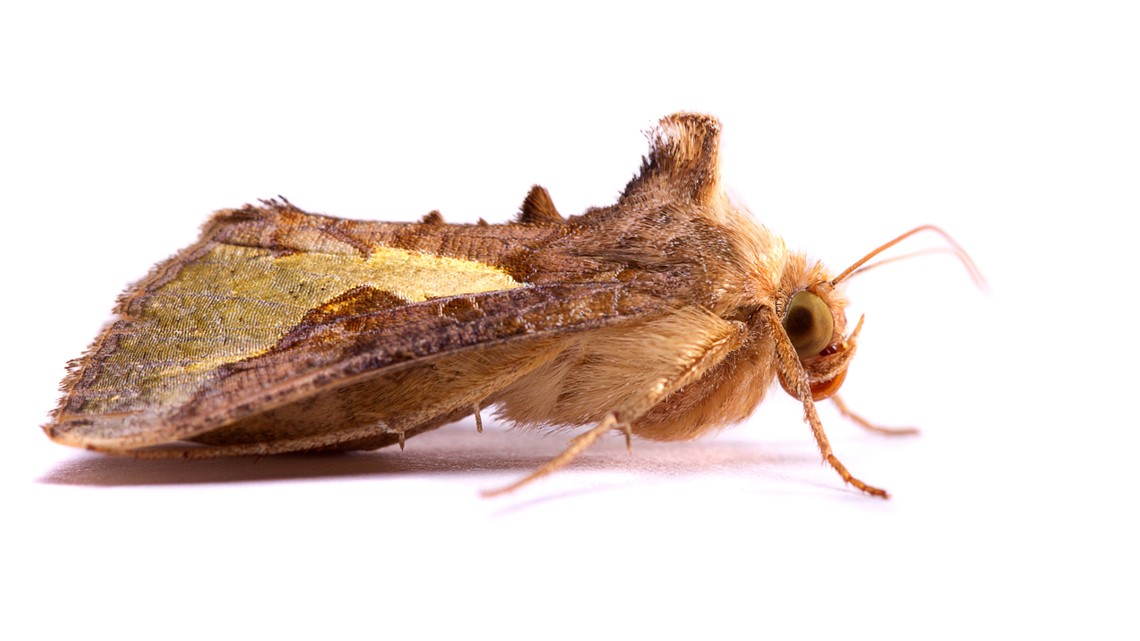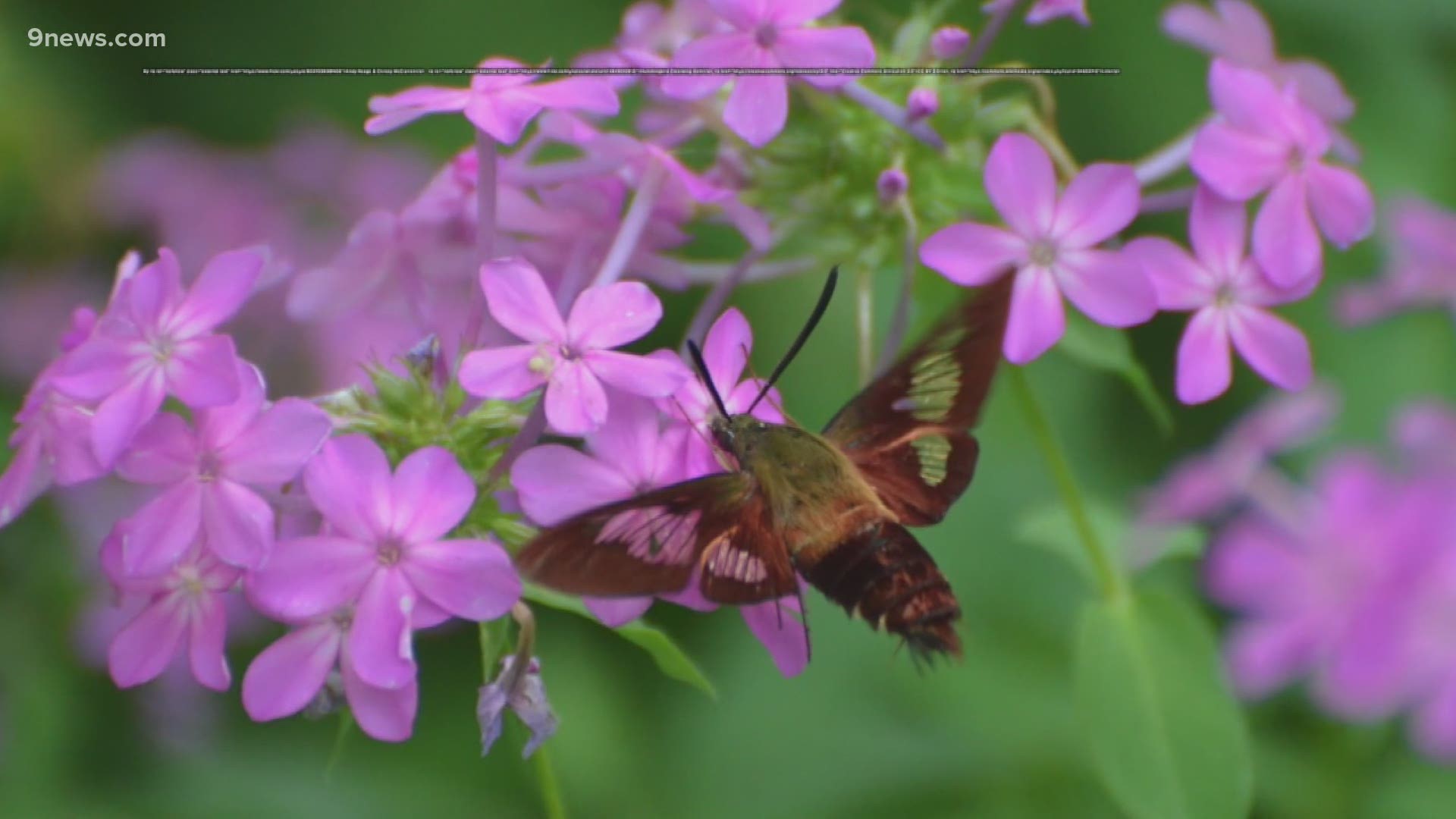DENVER — If you (like the author of this article) are absolutely terrified of the hordes of unpredictable flying hell pseudo-butterflies that decide to make Colorado their home during the spring and summer, I have some bad news.
Entomologists at Colorado State University say miller moths are back … and they will be “noticeably more abundant in 2020” (AS IF WE DON’T HAVE ENOUGH ON OUR PLATES RIGHT NOW).
The last four years were below average for miller moths, according to a release from CSU, but that will change this year.
Let’s talk about what a miller moth is: according to the release, it’s a common name for the adult stage of the “army cutworm” (honestly a great name for a metal band). Their scientific name is Euxoa auxiliaris, if you want to get more technical, and they originate in eastern Colorado, Kansas and Nebraska, but head west to spend their summers in the mountains, like many folks from the arid plains do.
What makes this year unique, according to the release, are drier conditions, which have reduced the number of blooming flowers in the wild. That has brought these moths to populated areas with flowering plants, including our innocent yards and gardens.
CSU’s news release did bring some much-needed good news.
“Annoying as they can be, the moths won’t stick around forever,” the release said.
Thank goodness. But we aren't out of the woods. In fact, this is just the beginning.
“Flight activity of the moths will accelerate as the night temperatures warm," the release goes on to say. "A warning, though: Cool, wet periods might make the migrating moths stay a while.”
You might be wondering how moths manage to get into your house or car. According to CSU, small cracks in doors and garages are perfect hiding spots, and at night, these pesky insects resume their migratory flights … and feed.
So, to keep moths away, ditch the lights when you can, and make sure all your cracks are sealed.
They’re attracted to lights (or lamps, if you’re into those moth memes) because they resemble the stars/moons they use to navigate during their yearly mountain getaways.


“An easy trap to make is to suspend a light bulb over a bucket partially filled with soapy water (always use a grounded plug and extreme caution with any electrical device near water),” CSU’s release said. “Moths attracted to the light often fall into the water and are killed. Moths are not very susceptible to insecticides.”
Here are some more fast facts about moths from CSU:
- The heaviest moth flight in recent history was in 1991 across eastern Colorado.
- Miller moths have numerous natural enemies, including predatory ground beetles, hunting wasps, many birds, and even hungry grizzly bears.
One more useful fact that ties back to the lede? The fear of moths is called “Mottephobia.” And if you have that affliction, you will really, really hate the video above.
RELATED: The Miller moths are coming!
SUGGESTED VIDEOS: Local stories from 9NEWS


